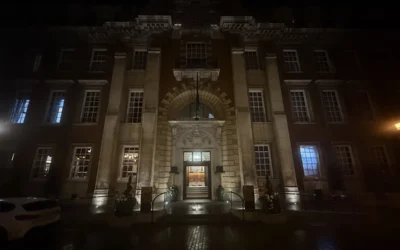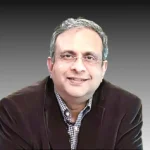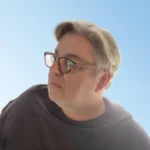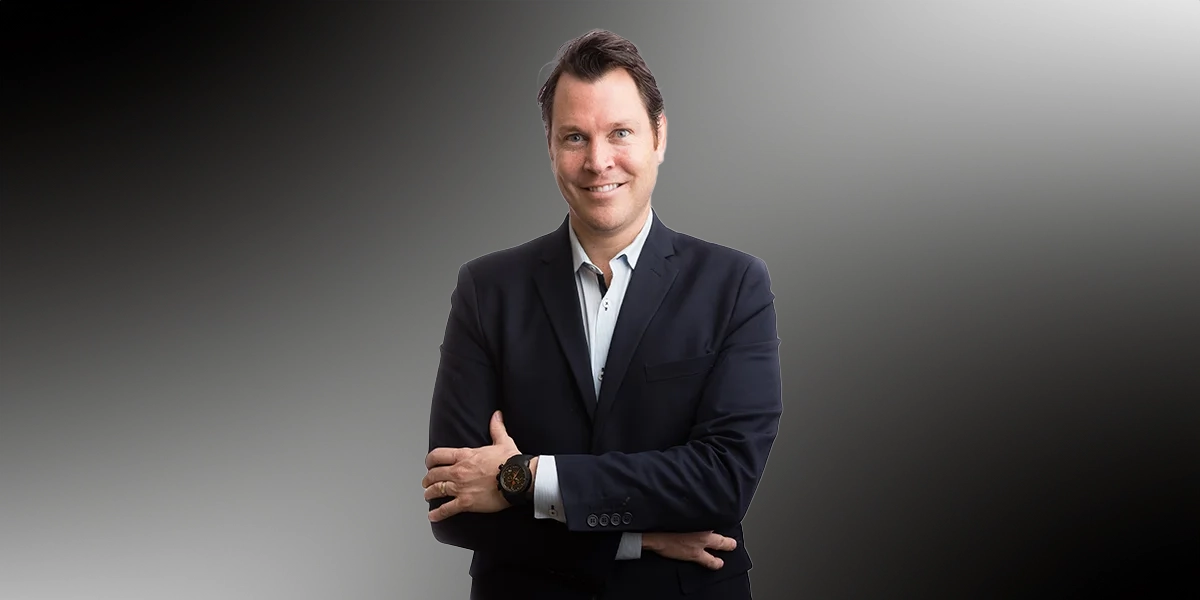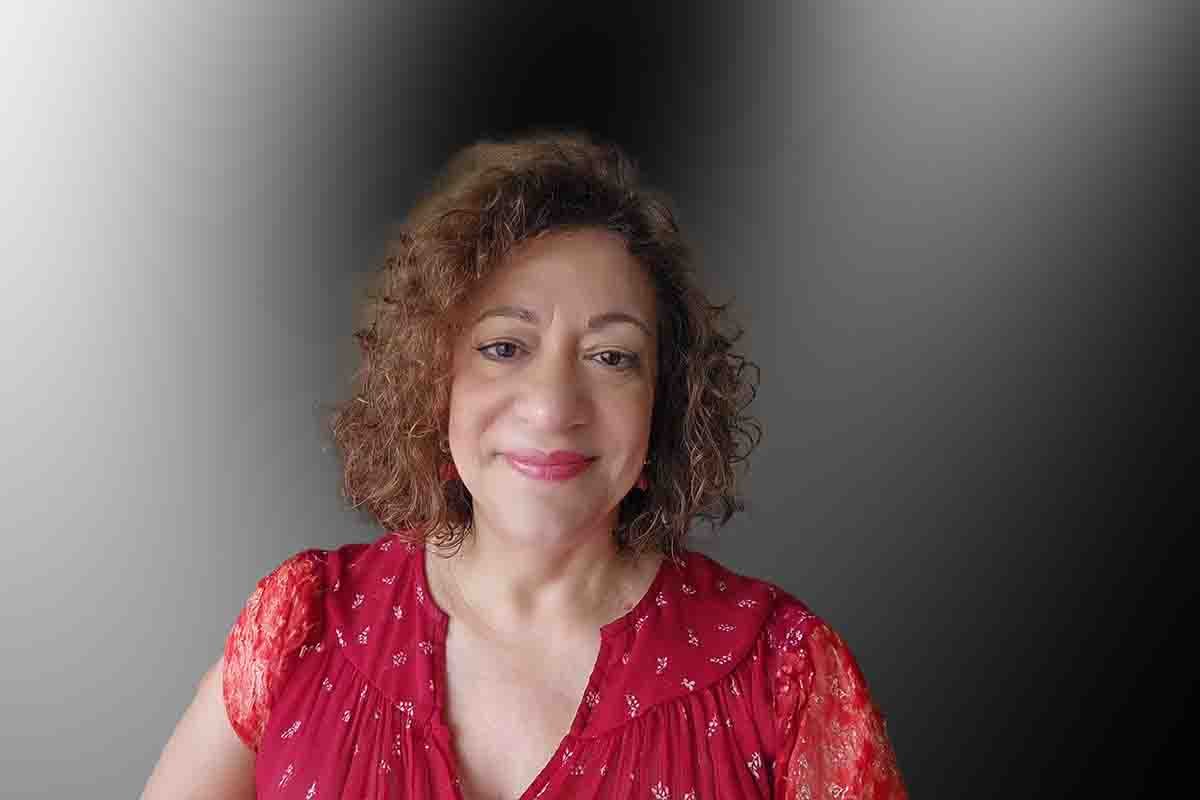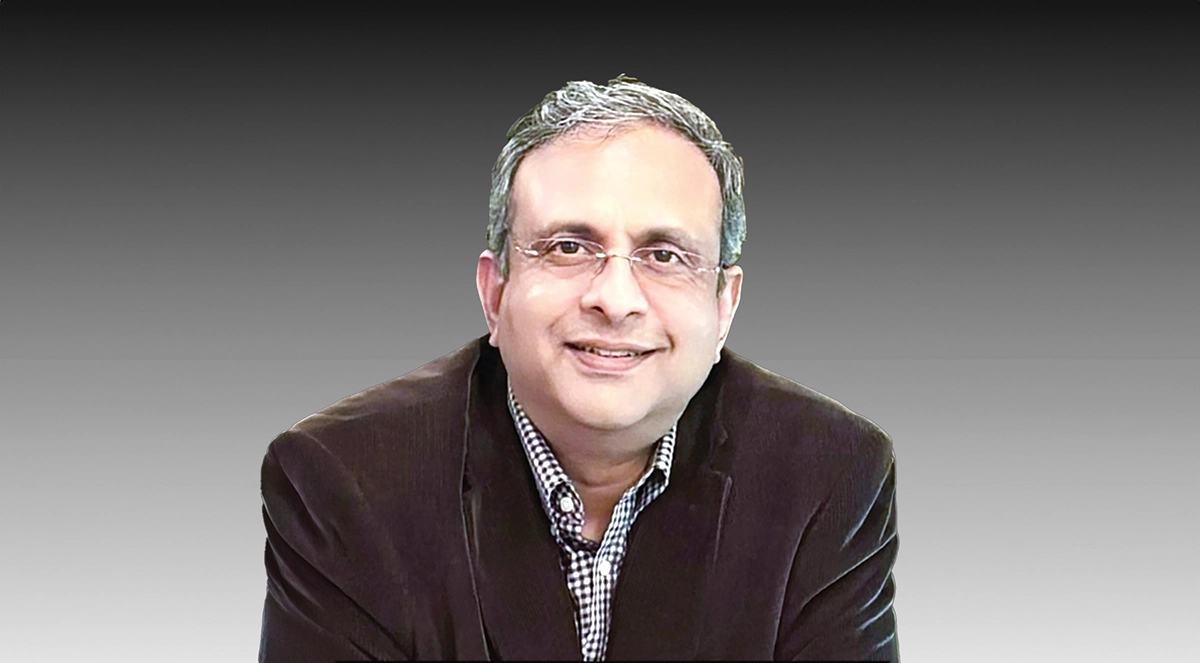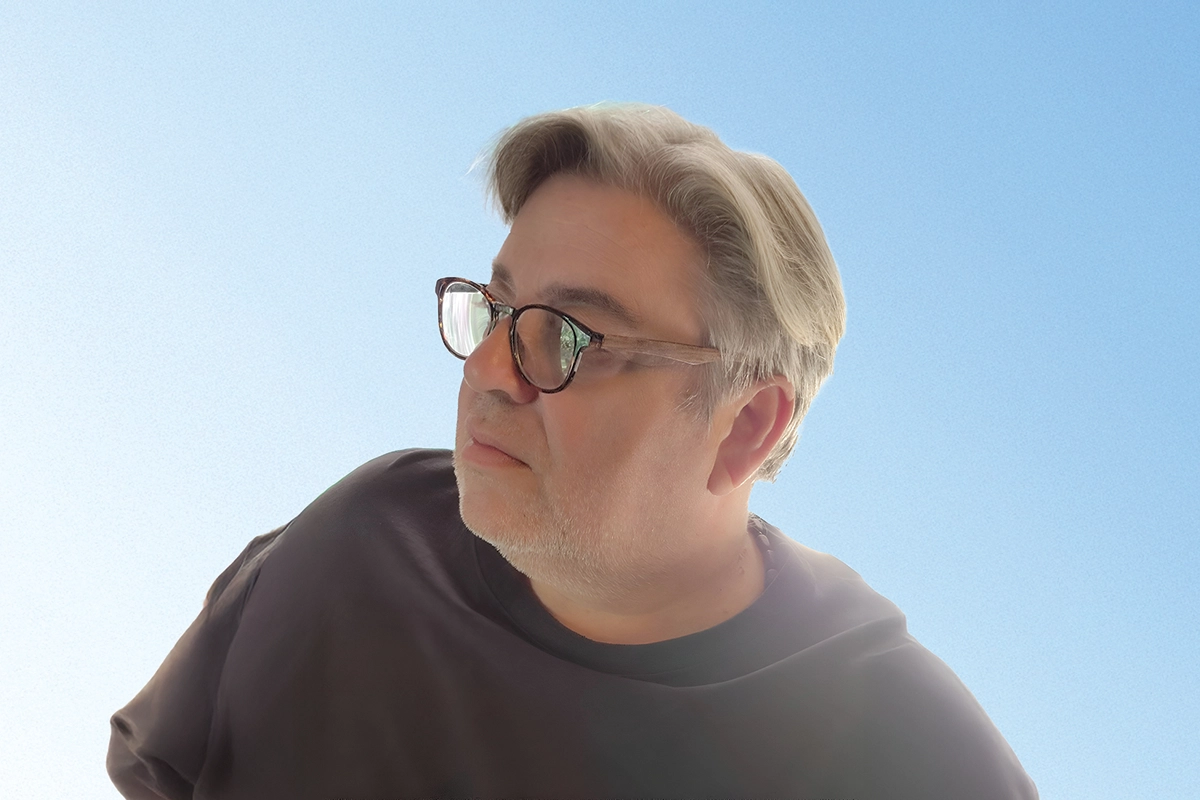Ryan Sarah – City Maps and Cardboard Dreams
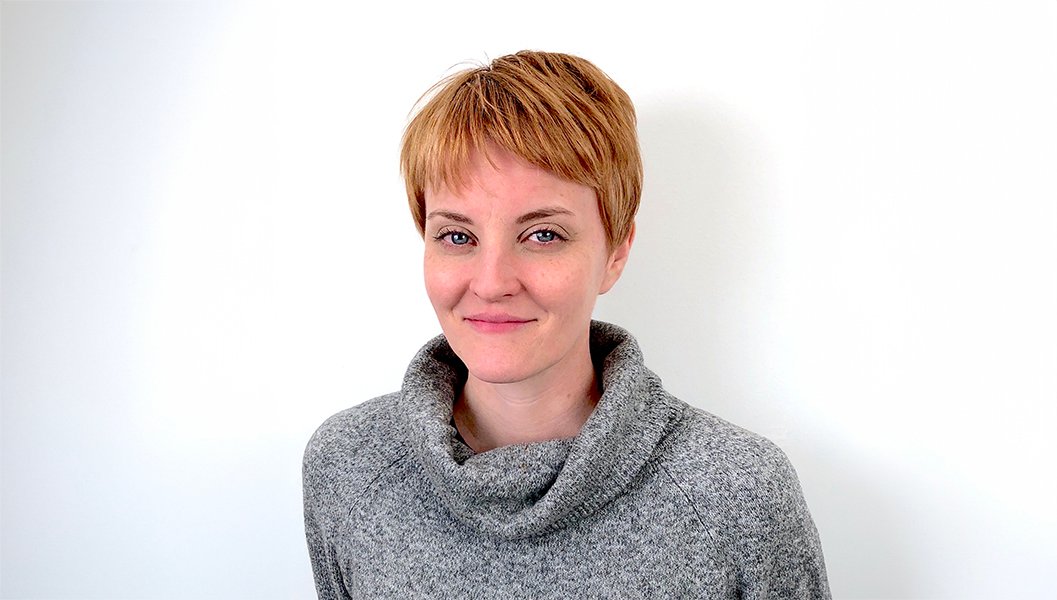
Ryan Sarah Murphy’s art reveals unseen beauty in the city’s discarded fragments
Ryan Sarah Murphy discusses her artistic journey using found cardboard, exploring how urban landscapes inspire her sculptures, video, and drawings, and revealing her process of transforming discarded materials into layered abstract compositions.
Ryan Sarah Murphy’s work radiates a remarkable depth that bridges the tactile and the ephemeral. Known for her intricate sculptures assembled from reclaimed cardboard, Murphy’s art is a testament to the beauty found in the overlooked and discarded. Her pieces, often evoking the layered architecture of urban landscapes, transform everyday materials into expansive, map-like abstractions that are simultaneously familiar and enigmatic. Her adept use of found colour and form captures the eye while inviting a contemplative pause, urging viewers to consider the unique history embedded in each fragment. As an artist represented by C24 Gallery in New York and Myta Sayo Gallery in Toronto, Murphy’s creations have reverberated across borders, capturing the attention of critics, collectors, and art enthusiasts alike. Her work has not only garnered acclaim but also resonated with diverse audiences in exhibitions at notable institutions such as The Delaware Contemporary Museum, Real Art Ways, and Kingshill House in the UK.
In this exclusive interview for Mosaic Digest Magazine, Murphy opens up about the influences behind her use of reclaimed materials, particularly cardboard, and her process-driven approach that extends into video and drawing. She shares insights on how New York City’s ever-present castoffs fuel her creative process, her method of stripping logos to create a universal language in her sculptures, and the evolution of her practice across mediums. As she traces her journey from sculpture to digital video, Murphy illuminates how colour, process, and chance encounters continually shape her artistic world. This conversation reveals an artist profoundly engaged with her materials, and with the world, offering readers a glimpse into the thoughtful alchemy behind her unique body of work.
Ryan Sarah Murphy’s work elevates ordinary materials into evocative compositions, blending color, form, and history in truly captivating visual statements.
How did your experience living in New York City influence your use of discarded materials, especially cardboard, in your sculptures?
I find it impossible to leave home and not come across an abundance of flattened boxes and cartons on every other corner – this is my idea of treasure! I am drawn to the wide spectrum of colour printed on throwaway consumer packaging. The found colour that I collect on daily walks serves as the starting point for this series of sculptures. It’s like gathering the components of a readymade palette. I am drawn to commonplace and discarded materials that have lost their initial utility or function yet still carry a certain energy of previous use and necessity. I like the idea of chance encounters with potential materials, objects that have had their own pathway and carry an unknown history.
Can you explain your process of stripping logos and markings from the cardboard you collect? How does this step shape the final aesthetic of your pieces?
The first step of my process is cutting away any text or printed design elements on the cardboard boxes so that I’m left with just strips and sections of solid colors. It’s the intuitive assembling of these colour fragments that form each sculpture. I never paint the cardboard, so I’m left with just the colours that I happen to find. To include any text or logos from the packaging would automatically cause the viewer to experience the piece from a more literal perspective; their thinking shifts to where they will try to derive meaning through word or brand associations. I want these pieces to existing in a more sensory, abstract space, where the viewer brings their own felt response to the colours and forms they are seeing.
Your sculptures often resemble cross sections of buildings or maps. How do you decide on these forms, and what role does spatial awareness play in your work?
I arrive at my forms organically, relying on the given spectrum of my collected materials to guide the process. I never have a set plan in mind when working. My constructions have an architectural framework and are rooted in the landscape, but it’s this nebulous balance between formation and abstraction that is always at play. Being surrounded by so much city architecture has influenced the structures that I make. Living in and getting around the grid of Manhattan often feels like you’re moving through an actual map. Usually, the streets make complete sense, other times you can get completely turned around. These sculptures echo that notion.
What inspires your colour choices in your sculptures, and how do you see the relationship between colour and the raw materials you use?
The one rule I have with this series is that I never paint or apply additional colour to the cardboard – I only use the natural, given colour of the materials that I find. So my colour choices are limited in a sense – I simply have to work with what I’ve got. But I find that working within this kind of limitation is actually very freeing. Intuitively piecing together these coloured cardboard fragments is the only “plan” that I follow. If I run out of a specific colour fragment as I’m working, then the composition will be affected and I may need to resolve the work in some other way. If I happen to have a large amount of a particular colour (say from a really big box!), then the scale of the piece can really grow. I also don’t treat the cardboard with any kind of UV fixatives or sprays, so over time some colours can naturally fade. This gradual deterioration of materials evokes a kind of impermanence and sense of groundlessness that is both intriguing and at times difficult to accept.
Could you describe the transition from your sculptures to your videos? How do you conceptualize these two mediums in relation to each other?
As the map-like qualities of my sculptures became more and more apparent, I began to think of these completed works as actual maps or blueprints that could be used to create further iterations and imagery. I started with tracing photographs of the sculptures, noting the jagged edges and structural angles throughout. These tracings became the basis of drawings and collages on paper, which I would make in multiples of 4 or more parts. These parts act as stills or frames that I could then digitally alter and animate. I allow the editing software to provide the pathways to new and unexpected color and line formations.
How do your drawings, which start as tracings from video stills, serve as a bridge between your different mediums? What role does colour play in uniting your works across sculpture, video, and drawing?
Colour is the serendipitous driving force throughout all of my practice. As I explore different iterations of imagery across different mediums, the drawing process becomes an act of slowing down and tapping into a more meditative, analogue state. Everything becomes cyclical—drawings can be derived from sculptures, then transformed into video, which provides stills that can be screenshot and developed into new drawings.

